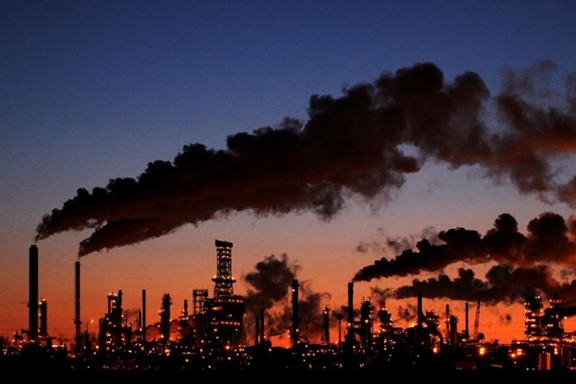
Cairo
Source: Al-Wafd newspaper
Dr. Ali Mohamed Al-Khouri
It is known that dispute settlement procedures are divided into two main categories: trials, or arbitration, such as applying the legal system to disputes, along with negotiations and conciliation, or mediation, in order to reach an agreement to resolve disputes.
But there are other cases of climate justice that have recently gained global momentum, as the UN Environment Program report stated: “It has more than doubled in five years and has become an important tool for climate justice. According to the report, most climate conflicts are based on human rights, as The challenges facing preventing the implementation of climate laws and policies are how to disclose more information about the climate, hold companies accountable and bear their responsibility for climate damage, and also include the risk of adapting to the devastating effects of climate change.
The United Nations Environment Program confirmed that climate litigation has become a solution to change the dynamics of combating climate change, as citizens are increasingly turning to the courts to combat the climate change crisis, and that since December 2022, 2,180 climate-related cases have been filed in 65 jurisdictions, including About 17% of cases in developing countries, including in small developing countries, and those cases were brought before international and regional courts, tribunals, quasi-judicial bodies, or other judicial bodies, such as special procedures in the United Nations and arbitration courts, amounting to 1,550 cases in in 2020, and 884 cases in 2017.
Pointing out that in the current case of climate change, this provides an essential resource for defense lawyers, decision-makers, NGOs and all relevant partners, to understand the current status of global climate litigation, including describing the main issues facing the courts in these cases.
Because almost all areas of life will be severely affected by increasing rates of heat and drought, and this is likely to contribute to increasing the death rate and threatening life in general in Arab countries, and the expansion of dry areas and rising sea levels will lead to major changes in coastal areas and agriculture in Arab countries. Which is considered more fragile from a climate standpoint, in addition to its weak ability to face challenges emphasized by the Paris Climate Change Conference held in 2015 and ratified by 187 countries, which are how to mitigate emissions, ways to adapt to the repercussions, how to build capabilities and the ability to transfer friendly technology. The environment to help the development process. Will the space be opened for those affected by the Arab region by climate change to sue the entities and institutions responsible for harmful emissions, just like the rest of the regions around the world?
We need adaptation strategies, and we must focus on losses and damages, and a comprehensive approach that includes all aspects of the Paris Climate Agreement has become very important and necessary. In addition to mitigation, adaptation and reducing losses and damages caused by climate change, it can help governments and non-governmental organizations. The private sector must work to strengthen climate responses by providing financing and utilizing rigorous research. To resist change, the negative impacts of climate change must be addressed – for example, adopting technology for smallholder farmers, developing financial products to manage risks, and improve livelihoods.
| About | |
|---|---|
| Initiatives | |
| Knowledge | |
| Services | |
| Media Center | |
| Contact |